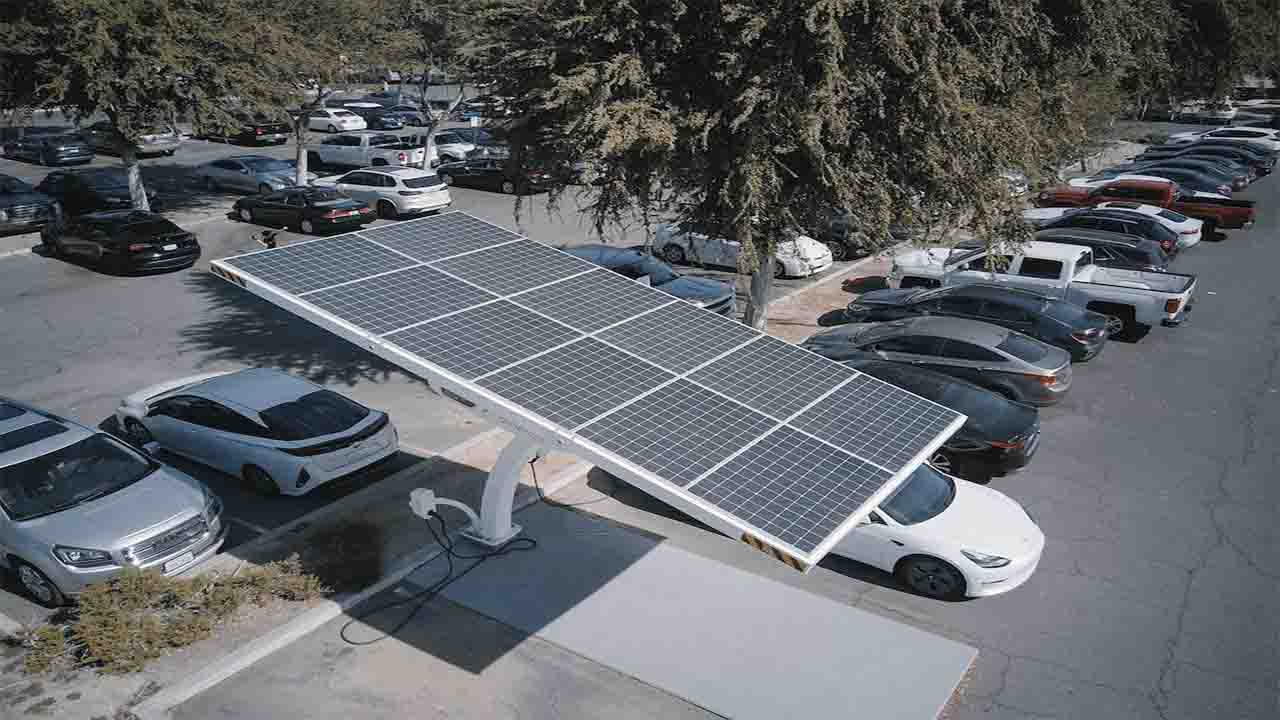India (Commonwealth) _ According to the most recent data from the Department of Commerce, India’s electric vehicle (EV) export market expanded by 246.3% in the first seven months of 2023, driven in part by high demand from Nepal and rising interest from European countries. In comparison to 32,900 during the same time last year, the nation shipped 1, 14,000 EVs between January and July 2023.
With 44.5% of the total volume, Nepal emerged as the biggest recipient of Indian electric vehicle exports, followed by France (12.7%) and Belgium (8.6%).Germany, Italy, Spain, the Netherlands, and the United Kingdom were other important markets. Various reasons, including environmental awareness, regulatory backing, tax incentives, and infrastructural development, helped to fuel the demand for EVs in these nations.
Two-wheelers (e-2Ws) and three-wheelers (e-3Ws), which combined accounted for 98.7% of the total volume, made up the majority of India’s EV exports. While the e-3Ws segment expanded by just 216.4%, the e-2Ws segment experienced a phenomenal growth of 374.5%.With only 1,400 units exported in the first seven months of 2023, the four-wheeler (e-4W) segment, however, remained insignificant.
India’s EV export market has performed admirably, which is a reflection of the country’s expanding potential in the EV sector, which is anticipated to develop to be the third largest in the world by 2030. The government’s implementation of beneficial policies and programs, including as the National Electric Mobility Mission Plan (NEMMP) and the Faster Adoption and Manufacturing of Hybrid and Electric Vehicles (FAME) plan, helped the domestic EV market experience significant development in 2021.
The Society of Manufacturers of Electric Vehicles (SMEV) reports that India sold 5.9 lakh electric vehicles (EVs) in 2021, an increase of 11.34 percent over 2019.The COVID-19 pandemic and its effects on manufacturing and supply chains caused the e-4Ws category to experience a fall in sales, which were dominated by the e-2Ws and e-3Ws categories. However, the e-4Ws segment is anticipated to rebound in 2024 thanks to the economy’s recovery and the availability of new models and variants.
Both domestic and foreign businesses are investing more heavily in the Indian EV market as they strive to take advantage of the attractive market potential. For instance, Mahindra & Mahindra intends to introduce 16 battery electric vehicles (BEVs) by 2027, eight of which will be sold as SUVs and the remaining eight as light commercial vehicles. Tata Motors plans to release 10 new electric vehicles by 2025.Additionally, global behemoths like Tesla, Hyundai, and Kia have shown a desire to enter or increase their presence in the Indian EV market.
Despite India’s EV industry’s tremendous progress, there are still a number of issues that must be resolved in order to assure its long-term viability and competitiveness. High ownership costs, a lack of charging infrastructure, a lack of customer awareness and preference, insufficient standardization and regulation, and reliance on imports for vital parts like batteries and motors are a few of these issues.
India must take a comprehensive and integrated approach to overcoming these obstacles, involving all relevant parties, including governmental organizations, business associations, producers, suppliers, end users, and civil society organizations. The following are some of the important steps that can hasten the acceptance and development of EVs in India:
Giving manufacturers and buyers of EVs financial incentives and subsidies, building a reliable and usable charging infrastructure that spans urban and rural locations, encouraging the development of new EV materials and technologies, increasing consumer knowledge of the advantages and benefits of EVs, establishing precise, uniform criteria and guidelines for the performance, quality, and safety of EVs and promoting domestic EV component production and sourcing to lessen reliance on imports
By putting these policies into place, India can not only grow its EV market but also advance its national objectives of lowering greenhouse gas emissions, promoting air quality, boosting energy security, and generating job opportunities. India has a special chance to dominate the EV industry globally thanks to its sizable market, favorable demographics, talented engineering workforce, and entrepreneurial spirit. The ability of India’s EV industry to capitalize on its advantages and overcome its obstacles in the ensuing years will determine its level of success.








